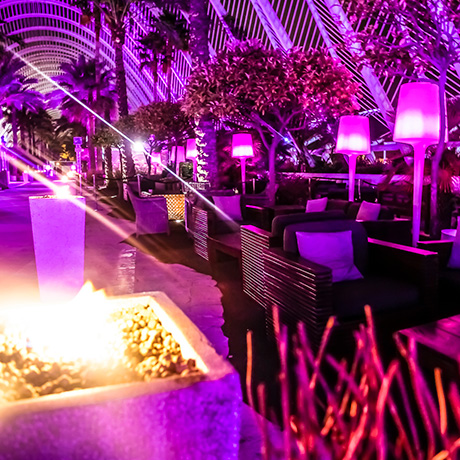Terraza L´Umbracle, is the backbone of the City of Arts and Sciences. A 4,000m2 outdoor garden decorated with furniture full of elegant details and sculptures that transmits unique sensations to our visitors
Ruzafa Gallery born from the concerns of two people who are committed to innovation, creativity and especially for the enjoyment of others. Vicente Llorca and Cristina Ordozgoiti are always willing to bring new trends and turn anything conventional into something charming, with magic. That is why Ruzafa Gallery becomes a versatile space where people are invited to meet new experiences.
The Palau de la Música de València was inaugurated on April 25, 1987. Designed by the architect José María García de Paredes, it has a large symphonic hall for 1,781 spectators and a chamber hall, with 417 seats.
Palau de les Arts Reina Sofía is the opera house of Valencia, and home of the Valencian Community Orchestra. It is the work of Santiago Calatrava and is part of the architectural complex of the City of Arts and Sciences. It was inaugurated on October 8, 2005
The palace of the Marquises of Mercader is in an environment whose plot is made up of blocks of considerable length, particularly those that make up Caballeros Street. It is certain of its existence at the beginning of the s. XV, known the contribution made by the family in the middle of the century, to the extension works of the nave of the church of San Nicolás, located just opposite.
Palacio de la exposición is a public building in the city of Valencia. It is a public building of Valencian modernist style built in 1908, the work of the Valencian architect Francisco Mora Berenguer. The architect fuses in this work the style of outstanding buildings in the city, such as El Miguelete, the Lonja de Valencia and the Torres de Serranos. Although it was built ephemerally, for the Valencian Regional Exhibition of 1909, its conservation was subsequently decided given its architectural value.
The exterior of this museum captivates the visitor in its own right. The building is magnificent in its proportions and organic shapes and houses a multitude of activities and initiatives related to the evolution of life and scientific and technological dissemination.
Museo del Carmen is located in the Museum street of the center of the city. The monumental complex of this old convent illustrates from its chronological complexity and diversity of artistic styles, important stages in the history of architecture in the city of Valencia .
In the heart of the city of Valencia, is the Plaza de la Reina, surrounded by some of the most representative monuments of the city such as the Santa Catalina Tower, the Miguelete and the baroque door of the Cathedral.
The space currently occupied by the Central Market was, since the first expansion of the city, the habitual location of the itinerant markets. In 1839, it opens, in this location, an open market, the new market, the new market, the germ of the current Central Market. Towards the end of the nineteenth century, this market is clearly insufficient for the city of Valencia. For this reason, the city Council of Valencia summoned up to two constests for the construction of the new market.

